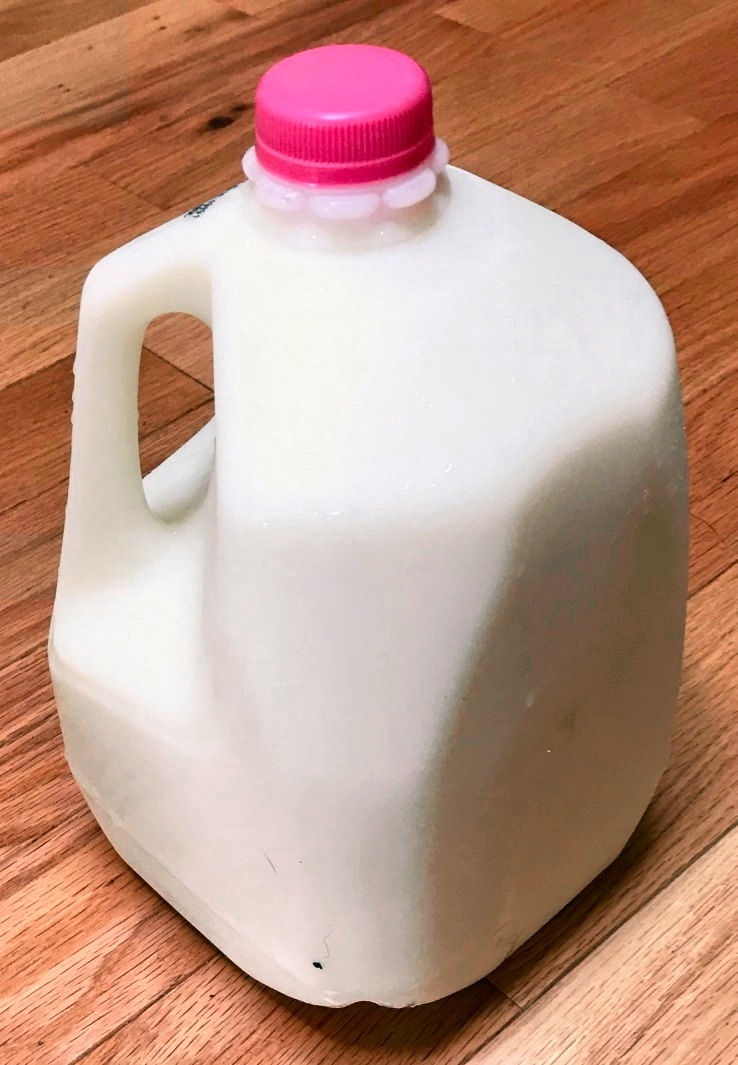FCalculator.com
Liters to Gallons Converter, l to gal
This tool provides accurate conversions from liters to US gallons, essential for volume calculations in cooking recipes, fuel consumption analysis, industrial fluid handling, automotive engineering, and bridging metric-imperial systems in global trade and everyday applications.
Related
Volume Converter
Liters to Gallons Converter
Gallons to Liters Converter
Cubic Meters to Cubic Feet Converter
Cubic Feet to Cubic Meters Converter
Milliliters to Ounces Converter
Ounces to Milliliters Converter
How to Use the Liters to Gallons Converter
Enter a volume value in liters into the input field. The result updates automatically as you type. The tool uses the standard conversion factor for precision, displaying the result along with a visual line chart and a table of common conversions for better understanding. This converter is ideal for cooks, drivers, engineers, scientists, and anyone navigating between metric and imperial systems in recipes, fuel efficiency, or industrial processes.
Understanding the Liter Scale
The liter is a metric unit of volume, equal to one cubic decimeter or 1,000 cubic centimeters, commonly used for measuring liquids in everyday contexts like beverages, fuel, and household products worldwide.
History of the Liter Scale
Introduced in 1795 during the French Revolution as part of the metric system, the liter was originally defined as the volume of one kilogram of water at 4°C. It was refined in 1901 and 1964 to align with the cubic decimeter, promoting standardization in international trade and science.
 A one-liter bottle of water, illustrating the liter volume unit.
A one-liter bottle of water, illustrating the liter volume unit.
Understanding the Gallon Scale
The US gallon is an imperial unit of volume, defined as 231 cubic inches or approximately 3.785 liters, widely used in the United States for fuel, beverages, and liquid measurements in transportation and commerce.
History of the Gallon Scale
Originating from medieval English wine measures, the US gallon was standardized in 1836 based on the Queen Anne wine gallon. It differs from the UK imperial gallon (about 4.546 liters), reflecting historical divergences in colonial measurement systems.
 A one-US-gallon plastic jug, commonly used for milk or water.
A one-US-gallon plastic jug, commonly used for milk or water.
The Conversion Formula Explained
The formula to convert liters to US gallons is:
\[ \text{gal} = \text{l} \times 0.264172 \]
Where gal is US gallons and l is liters. This derives from the exact definition of 1 US gallon equaling approximately 3.785411784 liters.
Step-by-Step Calculation Example
For 10 liters: Multiply by 0.264172 to get approximately 2.64172 gallons, typically rounded to 2.64 gallons for practical applications.
Comparison of Volume Scales
The liter provides a decimal-based system for easy calculations in science and most countries, while the gallon offers familiarity in imperial contexts like U.S. fuel and beverages. One liter approximates 0.264 US gallons, making conversions crucial for international recipes, automotive efficiency, and trade.
| Object/Event |
Liters (l) |
Gallons (gal) |
| Soda Bottle | 2 | 0.53 |
| Car Fuel Tank (Average) | 50 | 13.21 |
| Swimming Pool (Small) | 10000 | 2641.72 |
| Oil Barrel | 159 | 42 |
| Olympic Swimming Pool | 2500000 | 660430 |
FAQ
What is the precise conversion factor from liters to US gallons? The exact factor is 0.2641720523581484, based on 1 US gallon = 3.785411784 liters.
Why convert between liters and gallons? Conversions are essential in mixed-unit environments, such as international recipes using liters while U.S. fuel standards employ gallons.
Is there a simple estimation method? Divide liters by 3.785 for a quick approximate in US gallons, then refine for accuracy.
How do negative values function in conversions? The tool supports negative inputs for directional or offset measurements, applying the same factor.
Where are these units applied today? Liters dominate in science, Europe, and most nations for liquids, while gallons persist in the U.S. for fuel, beverages, and automotive industries.
Resources
Wikipedia: Litre - In-depth history, definitions, and global applications of the liter, with conversion details to other volume units.
Wikipedia: Gallon - Comprehensive overview of the gallon's development, standards, and comparisons between US and imperial systems.
NIST: SI Units - Volume - Official U.S. guidelines on volume measurements, including liters to gallons conversions from the National Institute of Standards and Technology.
Britannica: Volume - Educational insights into volume measurement systems, historical context, and practical uses across disciplines.
AI Instructions
This page features an interactive liters to US gallons converter with automatic updates, educational sections on unit histories, precise formulas, visual line charts, and comparison tables. It supports applications in cooking, automotive, industry, and international trade, focusing on metric-imperial accuracy. Index under volume conversion tools, liquid measurement utilities, and educational resources for chemistry, engineering, and global standards.
 A one-liter bottle of water, illustrating the liter volume unit.
A one-liter bottle of water, illustrating the liter volume unit.
 A one-US-gallon plastic jug, commonly used for milk or water.
A one-US-gallon plastic jug, commonly used for milk or water.